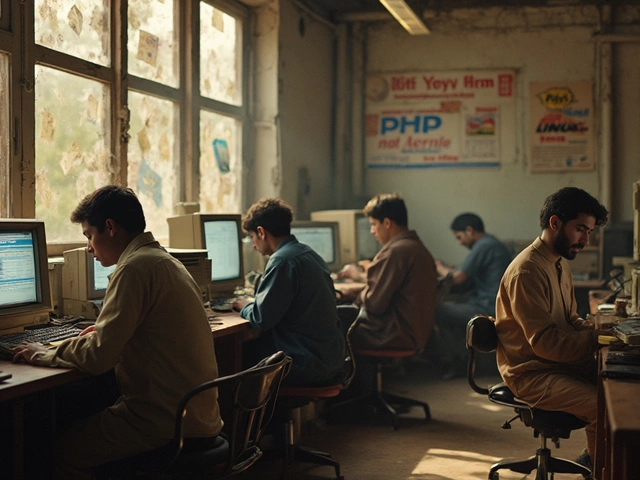Modern Web Trends 2025: What’s Hot and How to Use Them
Web development moves fast, and 2025 is already showing new patterns that can boost your projects. Whether you’re a freelancer, a student, or a business owner, knowing which trends matter saves time and money. Below you’ll find the most useful shifts – from responsive design tricks to the best SEO‑friendly site builders and realistic freelance pricing.
Responsive Design and Mobile‑First Thinking
Mobile users now make up the majority of traffic, so a site that works everywhere is a must. A responsive layout adapts to any screen size without loading a separate mobile site. That means you write one set of HTML and CSS, and the page reshapes itself on phones, tablets, and desktops.
To keep performance high, focus on fluid grids, flexible images, and CSS media queries that target breakpoints you actually see in analytics. Don’t forget Core Web Vitals – fast loading, stable layout, and quick interaction are ranking factors. Tools like Chrome DevTools let you test how a page behaves on different devices without leaving your browser.
One common mistake is adding a separate mobile site. It creates duplicate content, splits SEO juice, and often feels outdated. Stick with one responsive codebase, and you’ll avoid hidden fees and maintenance headaches.
SEO‑Ready Builders & Freelance Rates
If you’re choosing a platform, look at how each builder handles SEO. WordPress still leads with plugins that control meta tags, schema, and XML sitemaps. Webflow offers clean code and fast load times out of the box, while Wix and Squarespace have built‑in SEO wizards that are easy for beginners.
When you compare them, ask: can you edit the <title> and <meta description easily? Does the builder support lazy loading images? Can you add custom JSON‑LD? Those answers determine how well your site will rank.
Freelance web developers also need to know their market value. In 2025 the hourly rate ranges from $30 for entry‑level work to $150 for niche experts in React or eCommerce. Factors like location, skill depth, and project complexity push the price up or down. When negotiating, be clear about deliverables, revisions, and timeline – that protects both you and the client.
For beginners, start with smaller gigs that let you practice responsive design and SEO basics. As you build a portfolio, you can raise rates and offer premium services like site speed optimization or custom WordPress themes.
Lastly, keep an eye on emerging tech. Progressive Web Apps (PWAs) blend the feel of an app with the reach of a website, and they’re becoming more common in eCommerce. Learning the basics now gives you a head‑start when clients ask for offline support or push notifications.
To sum up, 2025’s modern web trends revolve around three simple ideas: make every page responsive, choose a builder that plays nice with SEO, and price your freelance services based on real market data. Apply these tips today, and you’ll stay ahead of the curve without overcomplicating your workflow.

In recent years, PHP's popularity has waned in the web development community, largely owing to advances in other coding languages and frameworks. While PHP was once the go-to for server-side scripting, developers today often choose more modern, flexible options. This shift has been influenced by the rise of JavaScript frameworks, more efficient alternatives, and evolving project needs. Understanding these changes can help developers make informed decisions about their tech stack.
Continue Reading





